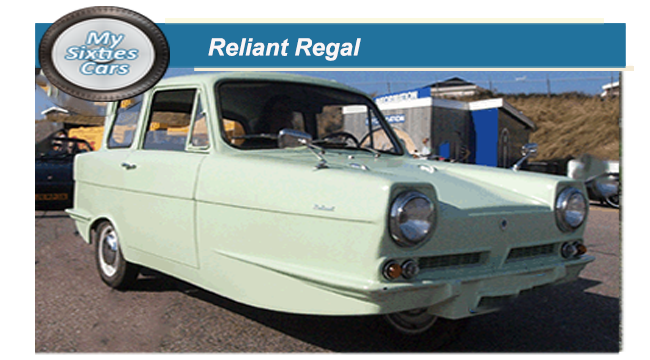
Going into the Sixties, Reliant decided that the time to revamp the old Austin Seven engined version of the Regal was well overdue.
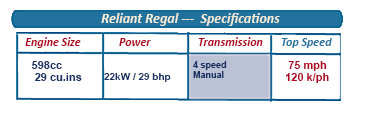 In 1962, Reliant introduced an entirely new version of their sturdy multi-purpose vehicle, still with only one front wheel, and an all-glass-fibre body.
In 1962, Reliant introduced an entirely new version of their sturdy multi-purpose vehicle, still with only one front wheel, and an all-glass-fibre body.
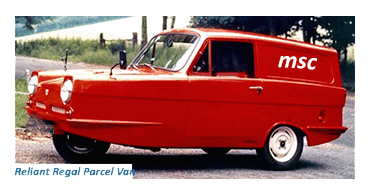 This time the Regal was fitted with an in-house developed overhead-valve four-cylinder engine with alloy block and head castings, matched up to and a four-speed gearbox
This time the Regal was fitted with an in-house developed overhead-valve four-cylinder engine with alloy block and head castings, matched up to and a four-speed gearbox
Early versions of the Regal came with aluminium bodywork attached to an ash frame,although Regals produced later in the production had bodies made from glass fibre .
Launched as the 3/25 (where 25 represented the claimed power output) this Regal would be around for more than ten years and more than 105,000 examples.
Like the early Regals, this generation of three-wheelers sold strongly on their virtues of lightness, operating economy and reduced annual licensing fees.
![]()
For all of its production years, Reliant marketed the Regal as a three wheeler tricycle to present its owners avoid the heavy taxation levies on new cars.
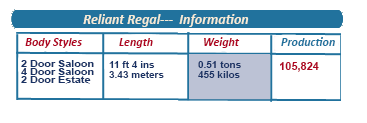 That was because the Regal was classed as a tricycle, no full driving license was needed to drive it, making it an attraction to entry level novice drivers.
That was because the Regal was classed as a tricycle, no full driving license was needed to drive it, making it an attraction to entry level novice drivers.
On the downside, the Reliant Regal was not too easy a car to drive, notoriously very unstable particularly when pushed hard on corners.
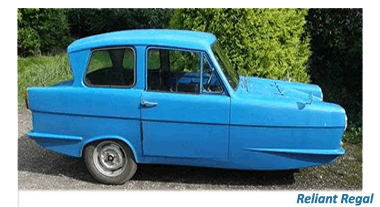 An estate car derivative joined the range from the mid-Sixties, and from 1967 the family saloon was updated to the 3/30, this time powered by a 701cc 29bhp derivative of the little engine.
An estate car derivative joined the range from the mid-Sixties, and from 1967 the family saloon was updated to the 3/30, this time powered by a 701cc 29bhp derivative of the little engine.
Despite the glamour of its stablemates, the Regal was very much the mainstay of Reliant's business during the Sixties
Over one hundred thousand Mark II Regals were sold in the almost ten years that the car was in production, going on to be a part of UK culture.
Reliant persisted with three-wheeled cars right up until 2001, when the Regal's replacement, the three-wheeled version of the Robin, finally went out of production.






